Legislation for Fatbikes in the Netherlands and Europe: What You Need to Know
Fatbikes have become extremely popular, both among recreational users and commuters. Thanks to their rugged tires and sporty design, they are suitable for various terrains as well as daily use. But what about the legislation surrounding fatbikes? And how does it differ between the Netherlands and other European countries?
In this blog, we provide a detailed overview of the regulations, so you know exactly where you stand — both within the Netherlands and when traveling across Europe.
Legislation in the Netherlands
In the Netherlands, a fatbike is classified as a bicycle as long as it either has no electric support or offers pedal assistance up to 25 km/h with a motor power of no more than 250 watts. In that case, the same rules apply as for a regular bicycle:
Driving license: Not required
License plate or registration: Not required
Insurance: Not required (liability insurance recommended)
Road usage: Bicycle path required
Lighting and reflectors: Mandatory at night or during poor visibility
Helmet: Not required
Important:
If the fatbike exceeds 25 km/h or has a motor stronger than 250 watts, it is legally classified as a moped. Then the following applies:
Registration with RDW: Required
Liability insurance: Required
Moped license (AM): Required
Helmet: Mandatory
Road usage: Moped path required
👉 View the rules for e-bikes and fatbikes in the Netherlands.
Legislation in Europe
The basic rules for electric bicycles and fatbikes across Europe are largely harmonized through EU regulations (Directive 2002/24/EC and Regulation (EU) No. 168/2013). The standard conditions are:
Pedal assistance: Up to 25 km/h
Motor power: No more than 250 watts
Support only when pedaling: Required
If a fatbike exceeds these limits, it is generally classified as a moped in most EU countries, meaning registration, insurance, a driving license, and helmet use are mandatory.
Key Differences per Country
Belgium: Similar to the Netherlands, but helmet mandatory for fast e-bikes (S-pedelecs)
Germany: E-bikes must be TÜV-certified if capable of speeds above 25 km/h
France: Strict control on motor power and maximum speed; license plate required for faster models
Spain: Helmet recommended for normal e-bikes; mandatory for high-speed models
Italy: Registration and insurance required if exceeding 250 watts or 25 km/h
Travelers taking their fatbikes across borders must be aware of these local rules to avoid fines, confiscations, or insurance problems.
Summary
Pedal assistance:
Netherlands – Maximum 25 km/h
Europe (general) – Maximum 25 km/h
Motor power:
Netherlands – Maximum 250 watts
Europe (general) – Maximum 250 watts
License plate obligation:
Netherlands – Only if speed/power is higher
Europe (general) – Only if speed/power is higher
Insurance obligation:
Netherlands – Only if classified as moped
Europe (general) – Only if classified as moped
Driving license requirement:
Netherlands – Only if classified as moped
Europe (general) – Only if classified as moped
Helmet obligation:
Netherlands – Not required for standard fatbikes
Europe (general) – Sometimes mandatory depending on country















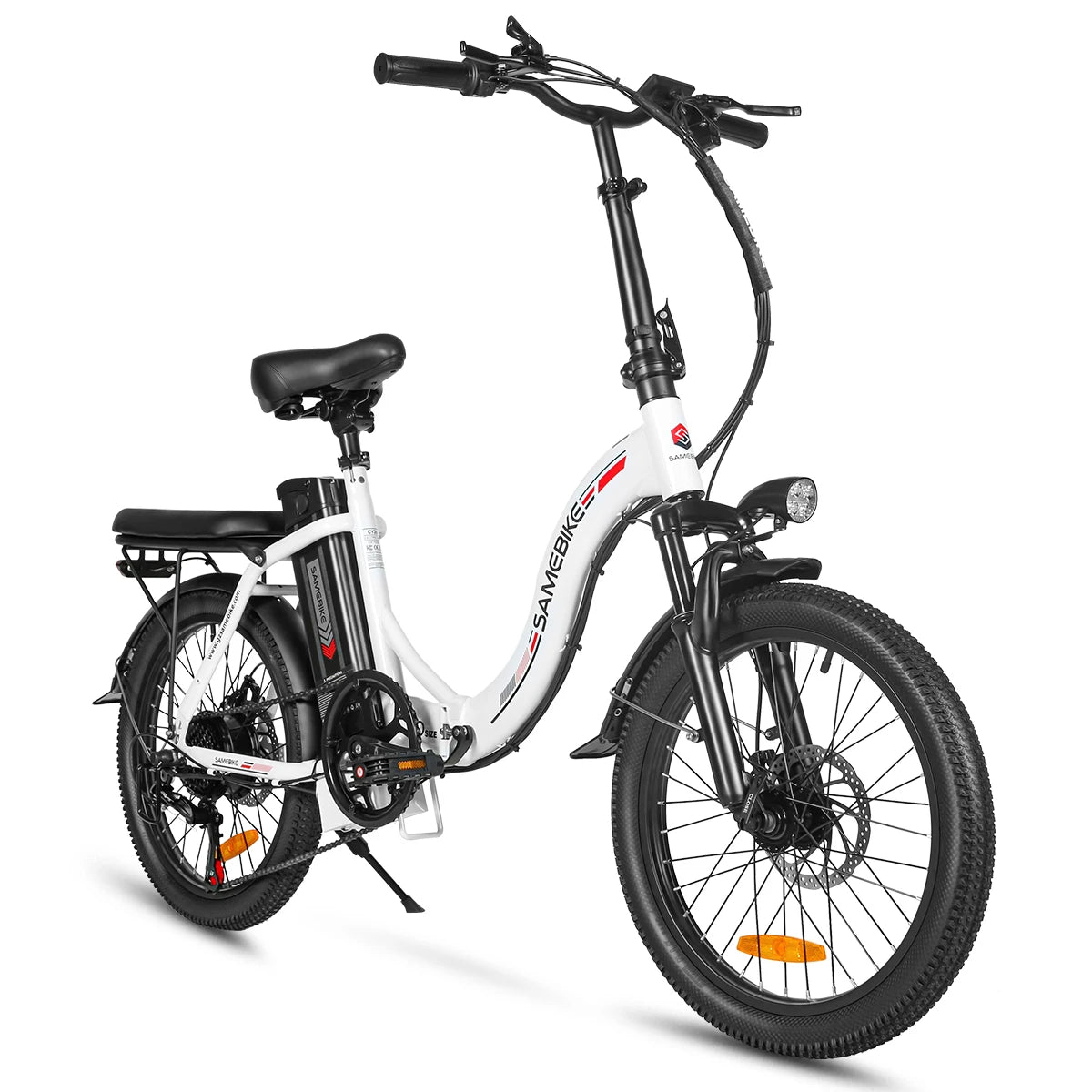
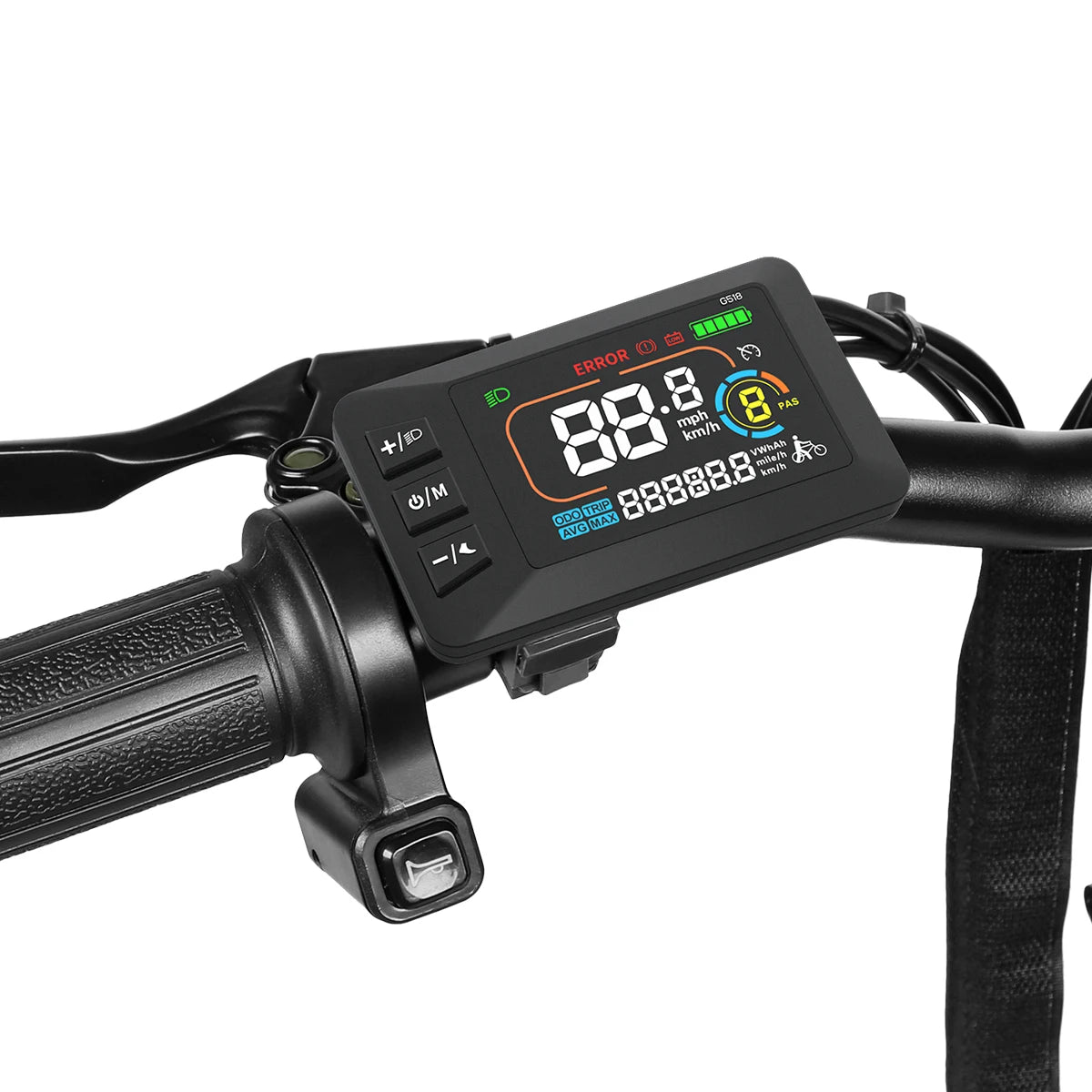
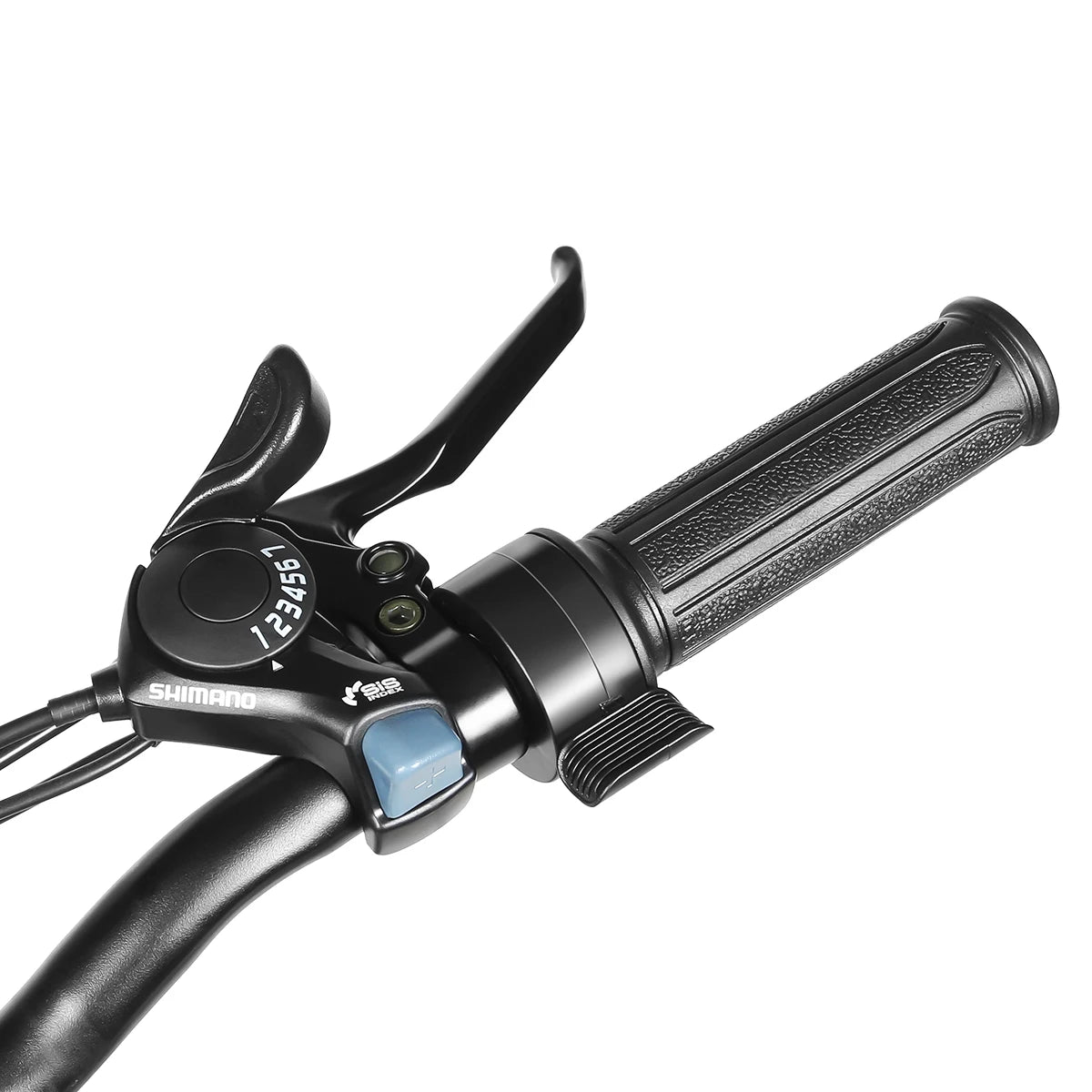
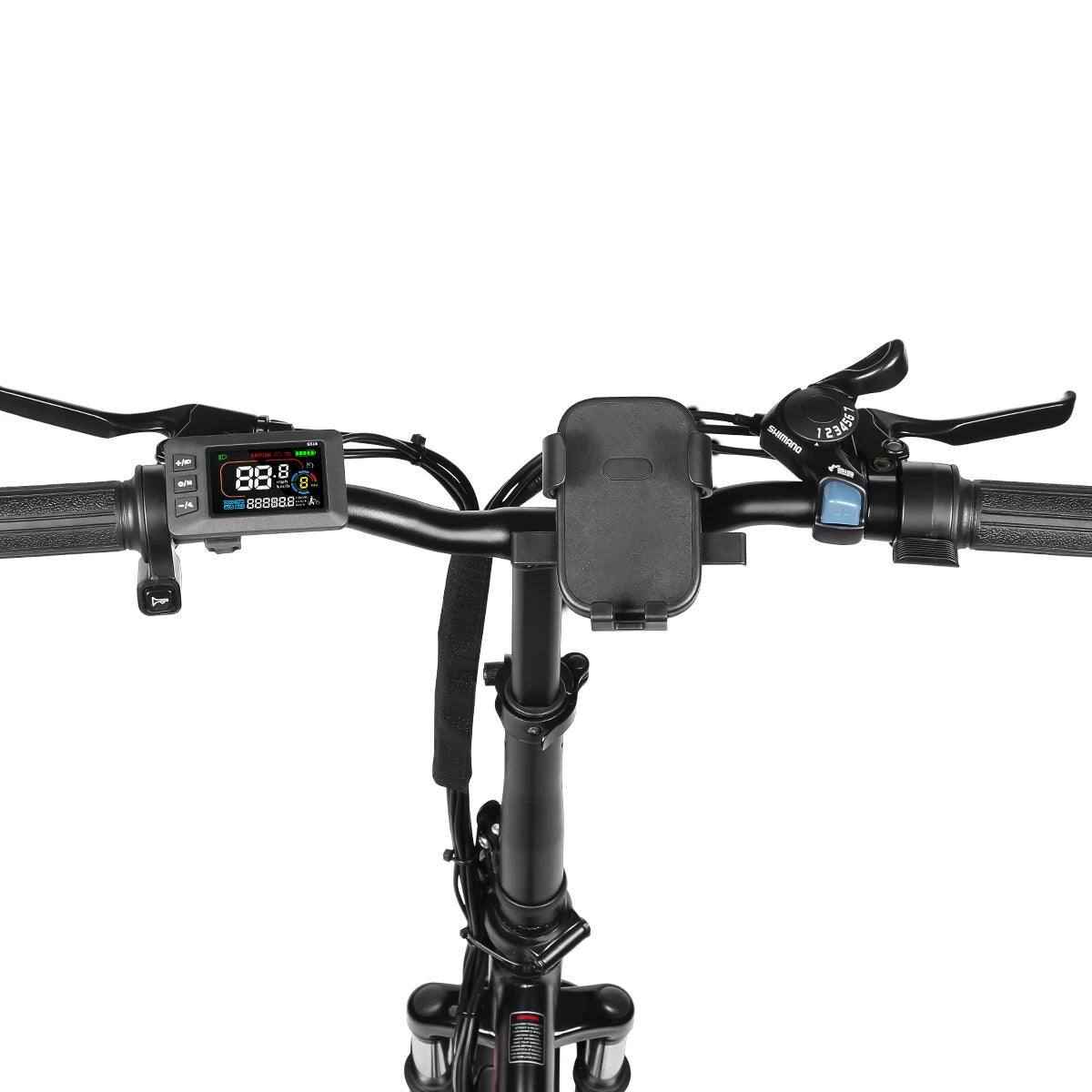




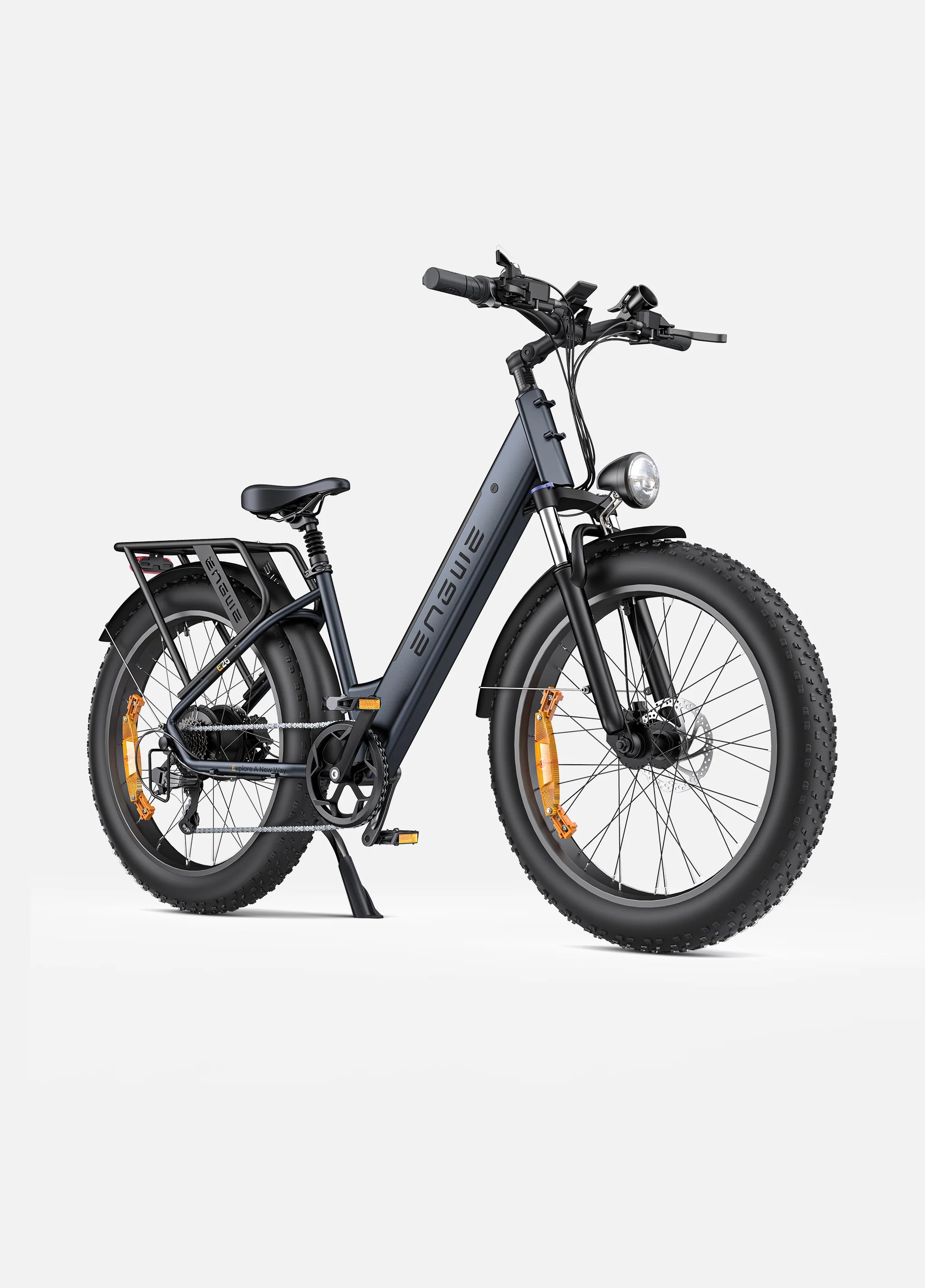
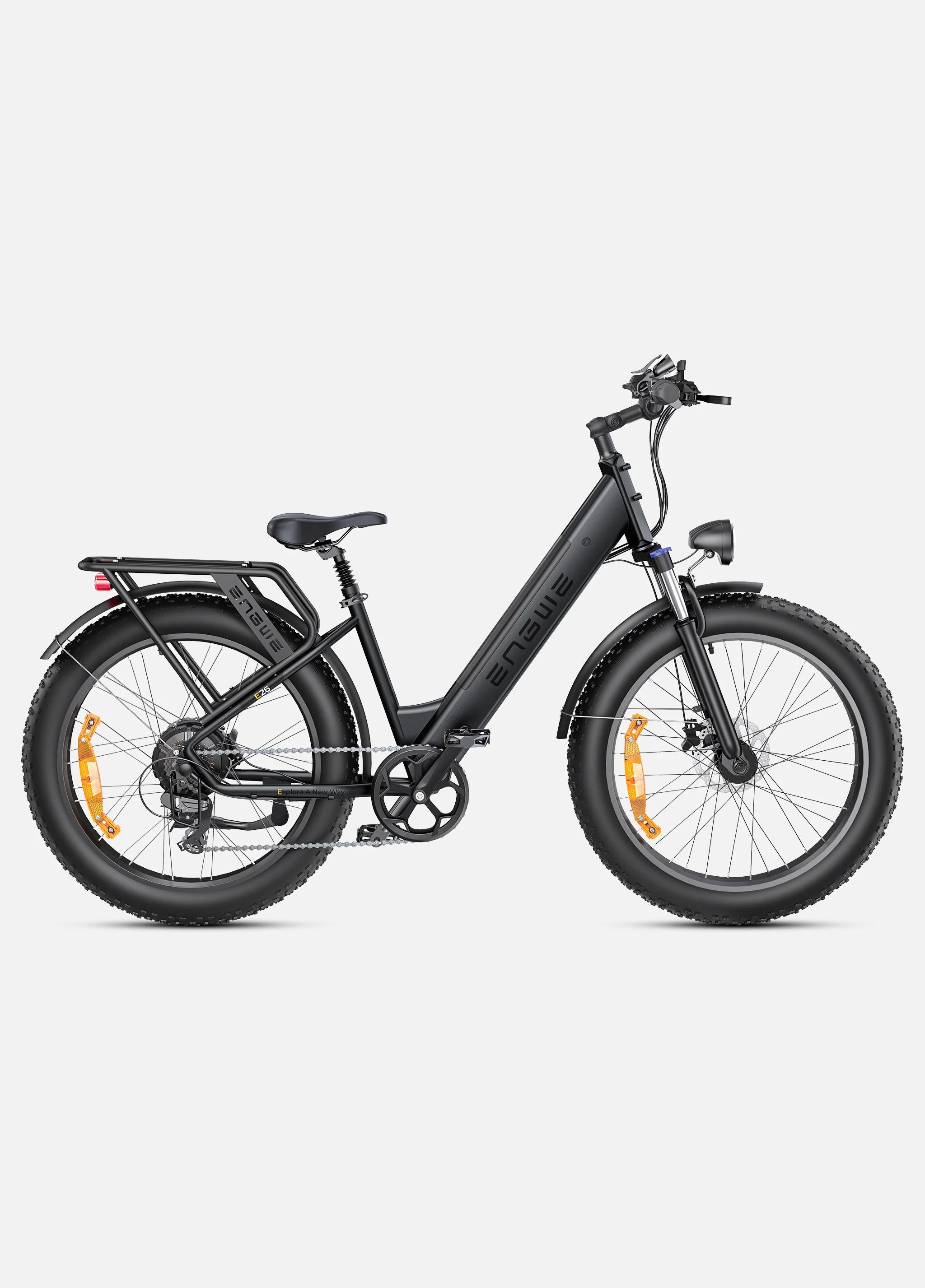
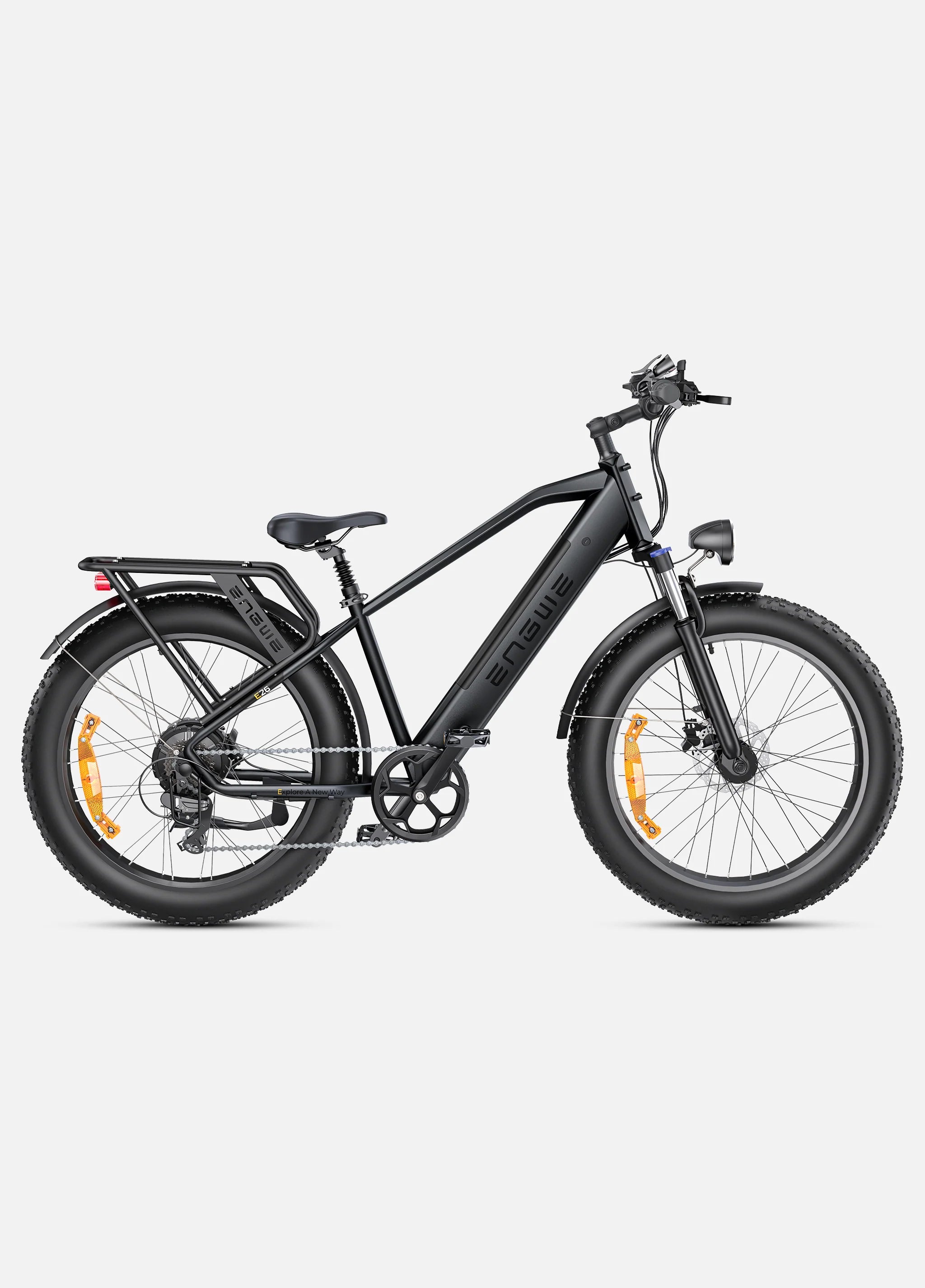




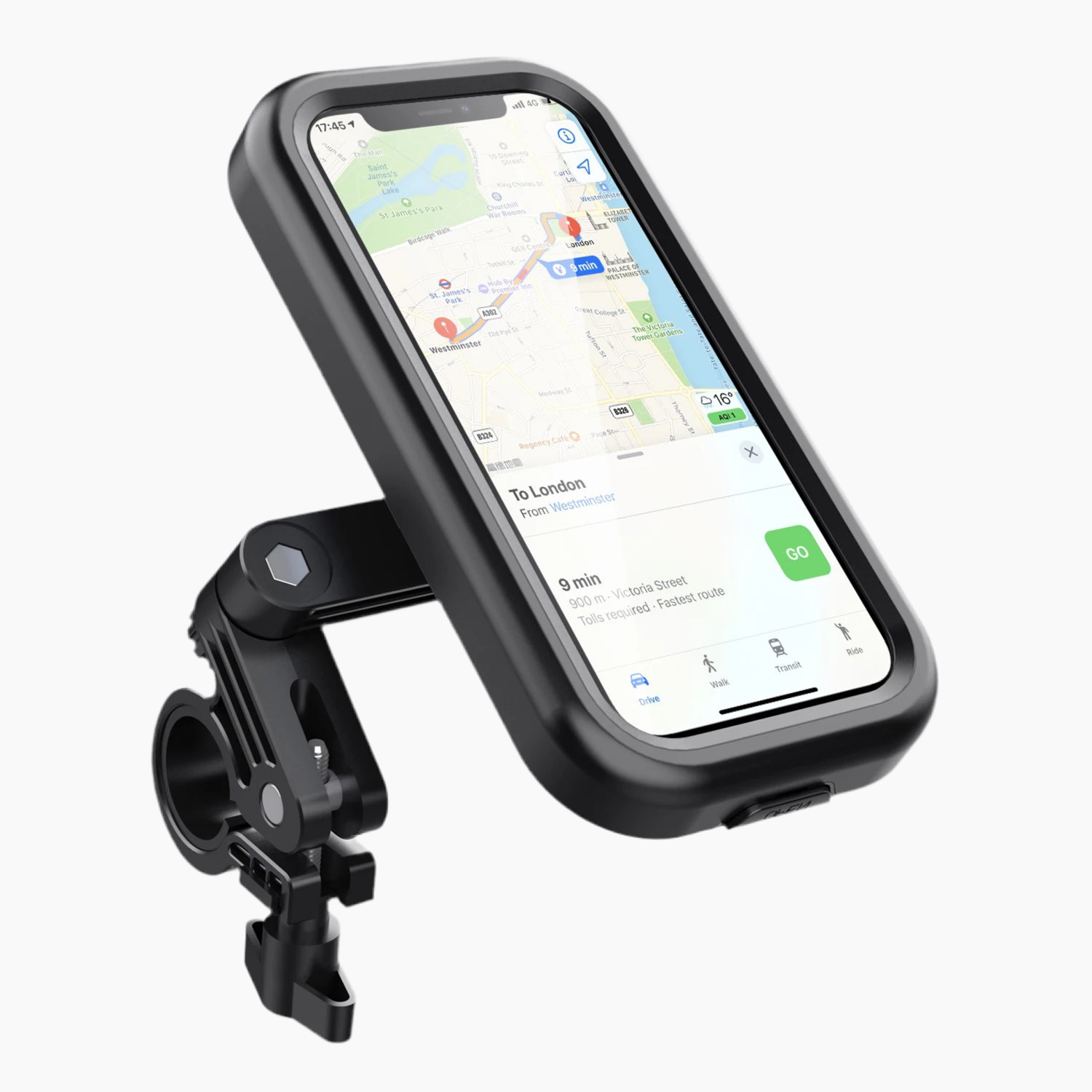
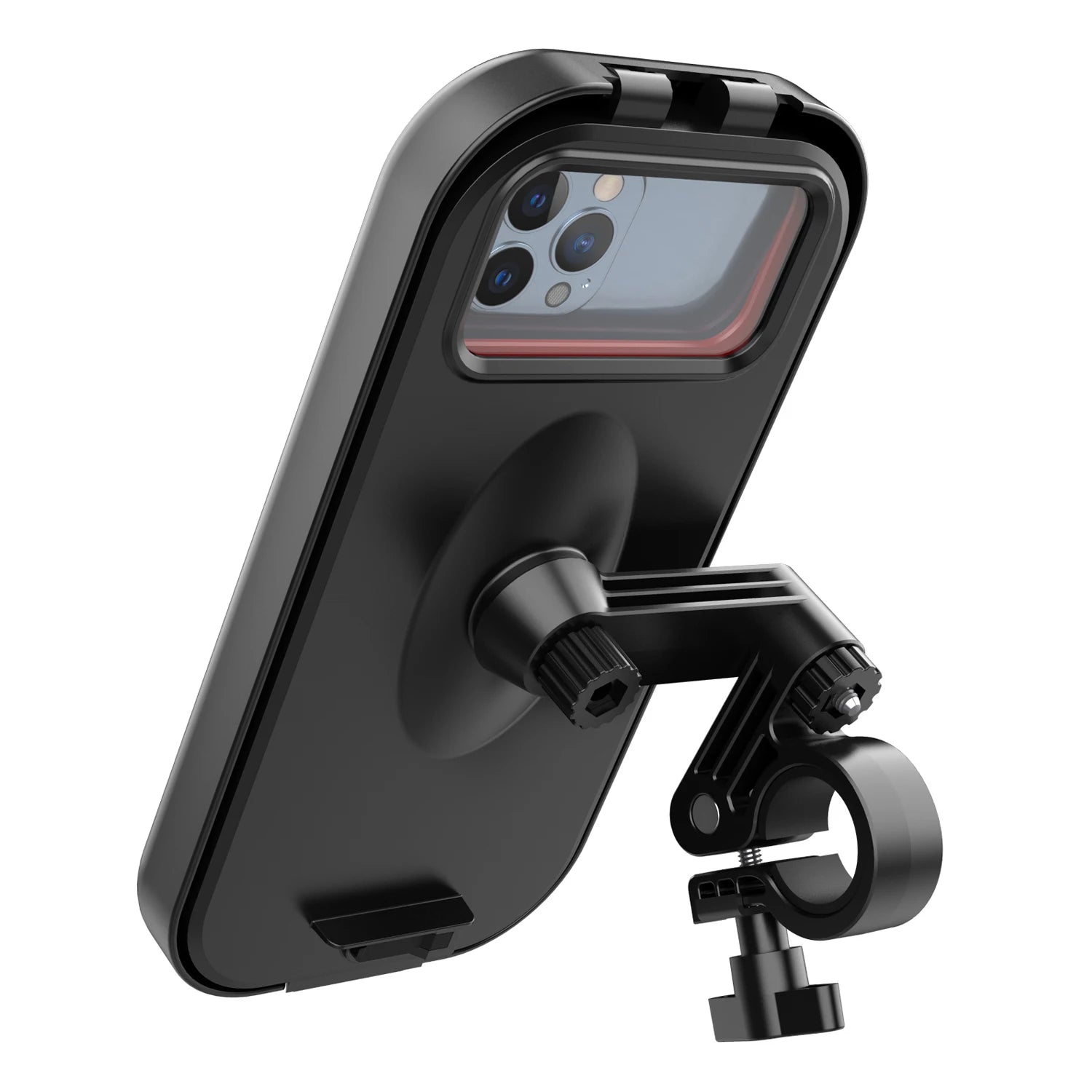
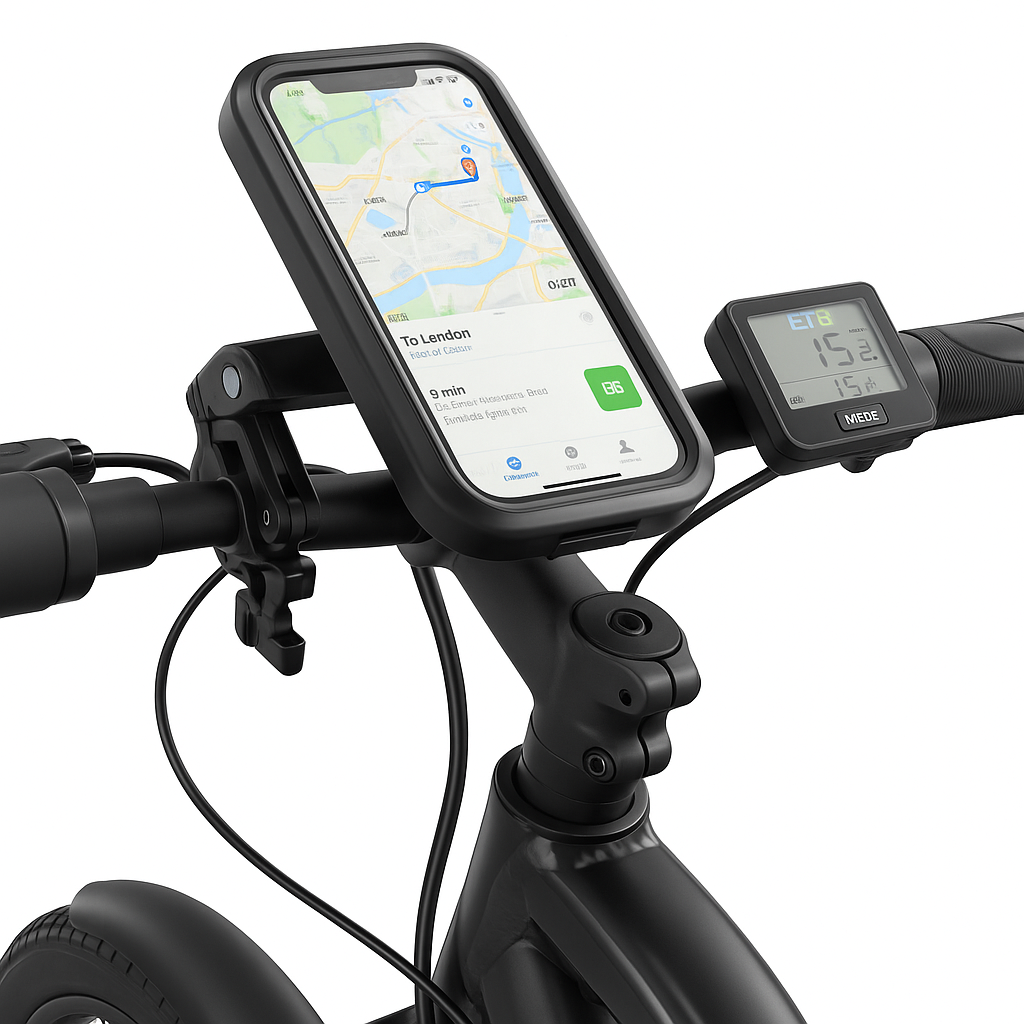
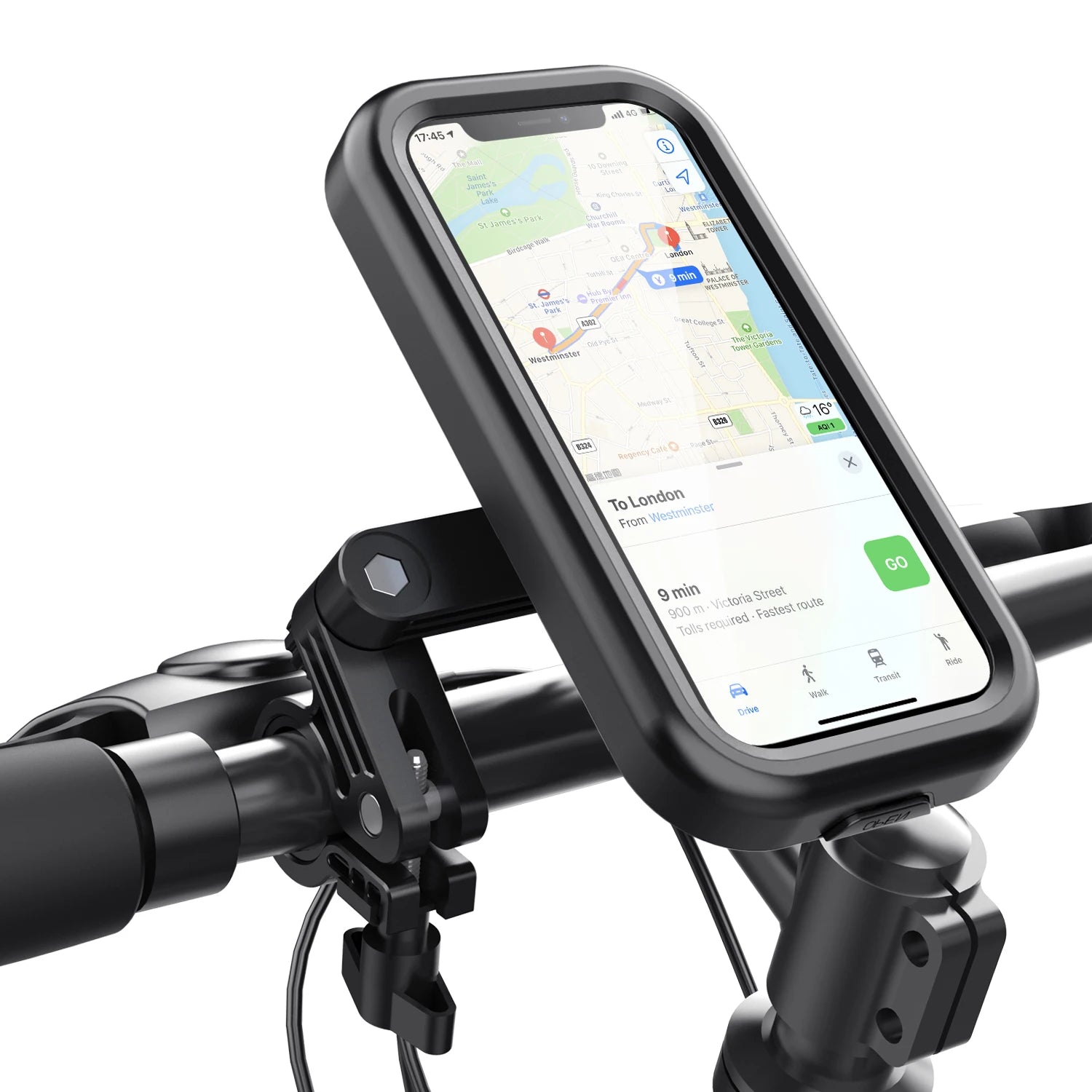
Share:
New Legislation for Electric Scooters in the Netherlands: What Does This Mean for You?